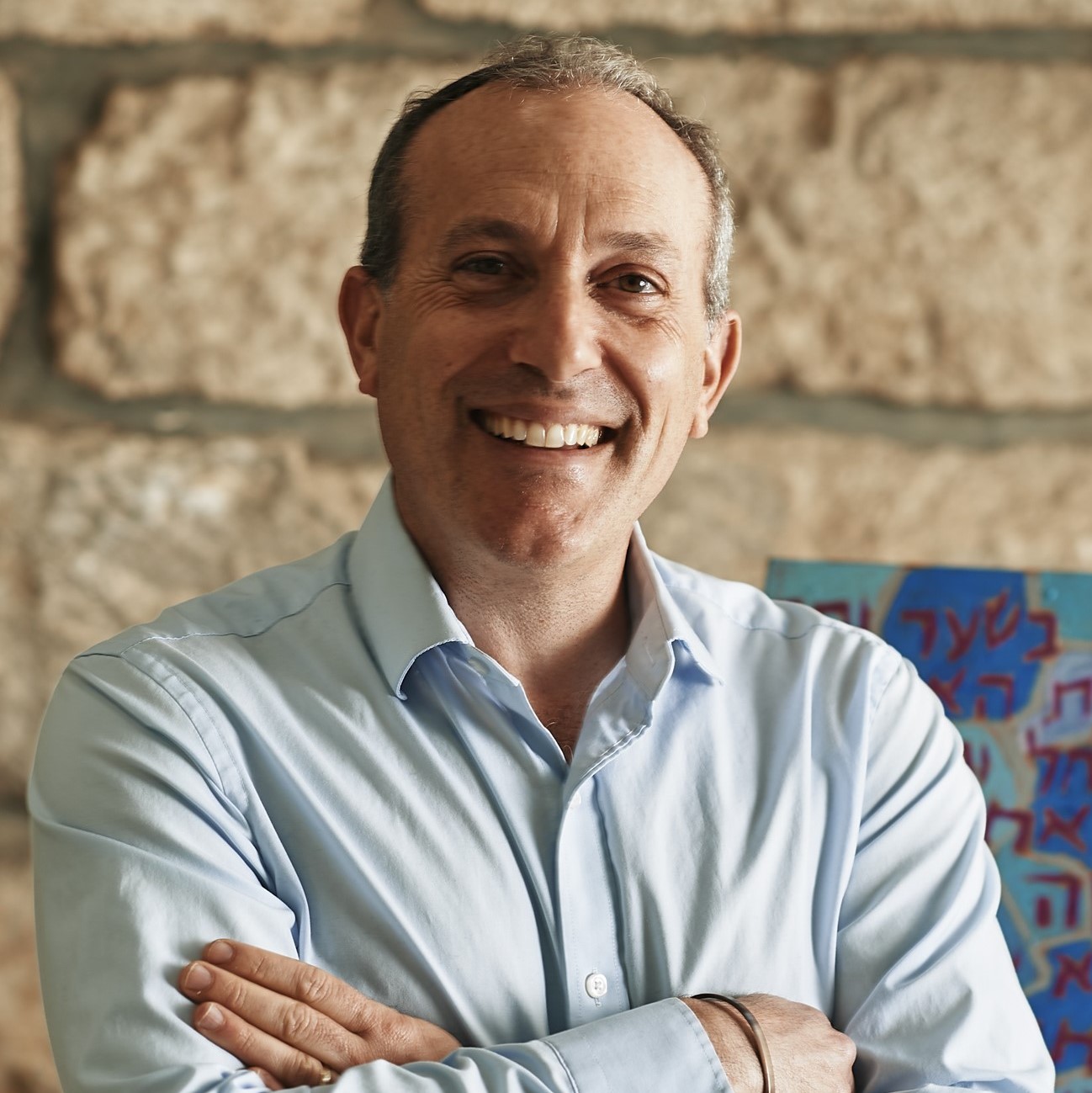Within Us

Parashat Terumah is concerned with the building of the mishkan or Tabernacle, the portable sanctuary that accompanied the Israelites on their desert journey. The parashah opens with an appeal by God and Moses to the entire community of Israelites; all are encouraged to participate voluntarily to the building of this sacred space. Plans are detailed, appurtenances are described extensively, and later the construction begins. Exodus 25:8 declares, “And let them make me a sanctuary and I will dwell in their midst.” Given the connotations of a mikdash, sanctuary, we might assume that God’s presence would dwell in this space. The second half of the verse surprises us, however, stressing God’s dwelling not in a specific physical place but amidst the people. How can this spatial dilemma be resolved?
Rabbi Matis Blum, author of Torah l’Da’at (a contemporary commentary on the weekly parashah) connects Exodus 25:8 to a verse from Jeremiah. Jeremiah 32:31 states, “My anger and my wrath have been upon this city [also understood to be the place of the sanctuary or Temple].” Blum continues, “The practical intent of the Temple was with regard to Israelite sins… God’s anger would be appeased by the bringing of sacrifices and the Children of Israel would be saved. This is why the verse states, ‘let them make Me a sanctuary’ so that if the Israelites sin, God can pour God’s wrath out within the sanctuary, and then ‘I will dwell in their midst,’ within the midst of the people Israel; God will refrain from destroying them.” Hence, an important distinction is made between the sanctuary and God’s indwelling amidst the people. God does not dwell within a physical place. God’s presence comes to rest within each person and among the people.
The same holds true today. One of the greatest challenges facing our synagogues today is a lack of spirituality. Too often, we jump to criticize the synagogue and its physical space for failing to engender a sense of God’s presence. Our criticism is misdirected. God’s presence seeks people among whom to dwell. Spirituality is a function of what laypeople, guided by their leadership, create. Visions of sacred community must be explicitly articulated within our communities. Melodies that touch the soul must be matched by gemilut hasadim, acts of loving kindness, which touch the heart. Individuals must take responsibility for deepening their own religious journeys, by committing to study, worship, and action. Only then will we truly be able to feel God’s powerful presence within our selves and within our midst.
The publication and distribution of “A Taste of Torah” commentary have been made possible by a generous gift from Sam and Marilee Susi.



